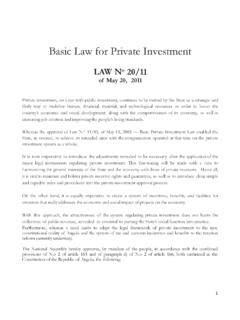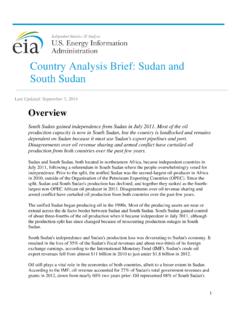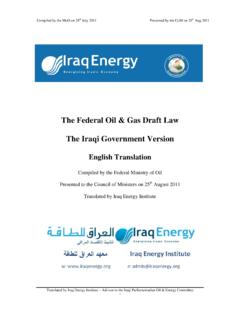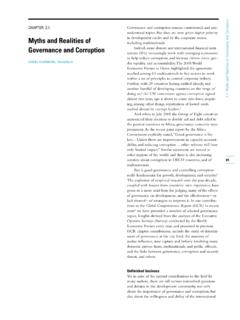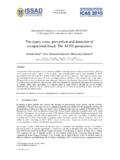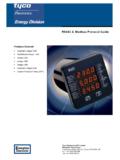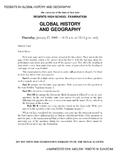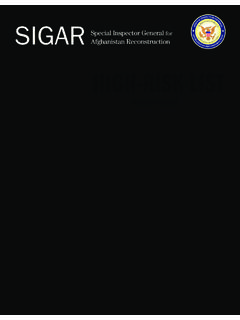Transcription of The 2013 Resource Governance Index - eisourcebook.org
1 Resource Governance Index A Measure of Transparency and Accountability in the Oil, Gas and Mining SectorThe 2013 The Revenue Watch Institute promotes the effective, transparent and accountable management of oil, gas and mineral resources for the public good. Through capacity building, technical assistance, research, funding and advocacy, we help countries to realize the development benefits of their natural Resource Resource Governance Index (RGI) measures the quality of Governance in the oil, gas and mining sector of 58 countries. These nations produce 85 percent of the world s petroleum, 90 percent of diamonds and 80 percent of copper, generating trillions of dollars in annual profits. The future of these countries depends on how well they manage their oil, gas and minerals. The RGI scores and ranks the countries, relying on a detailed questionnaire completed by researchers with expertise in the extractive industries. The Index assesses the quality of four key Governance components: Institutional and Legal Setting; Reporting Practices; Safeguards and Quality Controls; and Enabling Environment.
2 It also includes information on three special mechanisms used commonly to govern oil, gas and minerals state-owned companies, natural Resource funds and subnational revenue Index finds that only 11 of the countries less than 20 percent have satisfactory standards of transparency and accountability. In the rest, the public lacks fundamental information about the oil, gas and mining sector. Even countries with generally satisfactory standards exhibit weaknesses in some dimensions. There is a major Governance deficit in natural resources around the world, and the deficit is largest in the most Resource - dependent countries, where nearly half a billion people live in poverty despite that Resource wealth. Fortunately, some countries, including several emerging economies, show that satisfactory performance in Resource Governance is possible. As a way forward, the Revenue Watch Institute calls on governments to: Disclose contracts signed with extractive companies.
3 Ensure that regulatory agencies publish timely, comprehensive reports on their operations, including detailed revenue and project information. Extend transparency and accountability standards to state-owned companies and natural Resource funds. Make a concerted effort to control corruption, improve the rule of law and guarantee respect for civil and political rights, including a free press. Accelerate the adoption of international reporting standards for governments and companies. To see the longer version of this report and the research database, go to 2013 Resource Governance 2013 Resource Governance IndexIntroductionThe Resource Governance Index (RGI) measures the quality of Governance in the oil, gas and mining sector of 58 From highly ranked countries like Norway, the United Kingdom and Brazil to low- ranking countries like Qatar, Turkmenistan and Myanmar, the Index identifies critical achievements and challenges in natural Resource Watch Institute3 The 58 countries produce 85 percent of the world s petroleum, 90 percent of diamonds and 80 percent of copper.
4 Profits from their extractive sector totaled more than $ trillion in 2010. In 41 of these countries, the extractive sector contributed a third of gross domestic product and half of total exports on average. Revenues from natural resources dwarf international aid: In 2011, oil revenues for Nigeria alone were 60 percent higher than total international aid to all of sub-Saharan The future of these countries depends on how well they manage their oil, gas and minerals. Mismanagement and corruption have many manifestations and can have dire consequences. Some countries negotiate poor terms with extractive companies, forsaking potential long-term benefits. Many countries do not collect Resource revenues effectively. And even when Resource revenues do end up in government coffers, they aren t always spent in ways that benefit the public. Too often, governments keep citizens and civil society leaders in the dark regarding govern-ment contracts and Resource revenues.
5 This opacity deprives the public of a voice or even representation in basic decisions on natural resources. The RGI is based on the premise that good Governance of natural resources is necessary for the successful development of countries with abundant oil, gas and minerals. It provides a diagnostic tool to help identify good practices as well as Governance RGI evaluates four key components of Resource gov-ernance in each country: Institutional and Legal Setting; Reporting Practices; Safeguards and Quality Controls; and Enabling Environment. The Index (See Figure 1) assigns a numerical score to each country and divides them into four performance ranges satisfactory (71 100, marked in green), partial (51 70, yellow), weak (41 50, orange) and failing (0 40, red).This report includes a summary of the Index methodology, an analysis of the main findings, and conclusions on the poten-tial contribution of the Index to applied research, diagnostics and reform.
6 A longer version of this report with additional analysis of the components and more methodological details, as well as the full database and country profiles, can be found at 58 countries assessed in the Index produce 85 percent of the world s petroleum, 90 percent of diamonds and 80 percent of 1. Norway 2. United States (Gulf of Mexico) 3. United Kingdom 4. Australia (Western Australia) 5. Brazil 6. Mexico 7. Canada (Alberta) 8. Chile 9. Colombia 10. Trinidad and Tobago 11. Peru 12. India 13. Timor-Leste 14.
7 Indonesia 15. Ghana 16. Liberia 1 7. Zambia 18. Ecuador 1 9. Kazakhstan 20. Venezuela 21. South Africa 22. Russia 23. Philippines 24.
8 Bolivia 25. Morocco 26. Mongolia98 SCORE10080604020092888580777675747473706 8666362615857565656545353514 The 2013 Resource Governance IndexThe Resource Governance Index Country Scores and RankingFigure 1 Revenue Watch Institute020406080100 1. Norway 2. United States (Gulf of Mexico) 3. United Kingdom 4. Australia (Western Australia) 5. Brazil 6. Mexico 7. Canada (Alberta) 8. Chile 9. Colombia 10. Trinidad and Tobago 11. Peru 12.
9 India 13. Timor-Leste 14. Indonesia 15. Ghana 16. Liberia 1 7. Zambia 18. Ecuador 1 9. Kazakhstan 20.
10 Venezuela 21. South Africa 22. Russia 23. Philippines 24. Bolivia 25. Morocco 26. Mongolia 2 7. Tanzania 28. Azerbaijan 2 9. Iraq 30. Botswana 31. Bahrain 32. Gabon 33. Guinea 34.
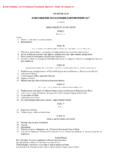
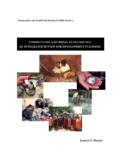
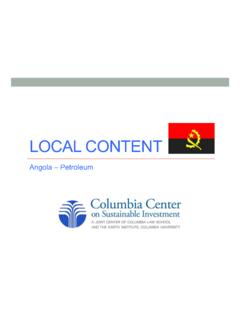
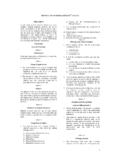
![[Chap0704]CHAPTER 7:04 CORRUPT PRACTICES …](/cache/preview/6/f/6/e/c/c/4/c/thumb-6f6ecc4c9459ba6eec9653fd3f470db0.jpg)
